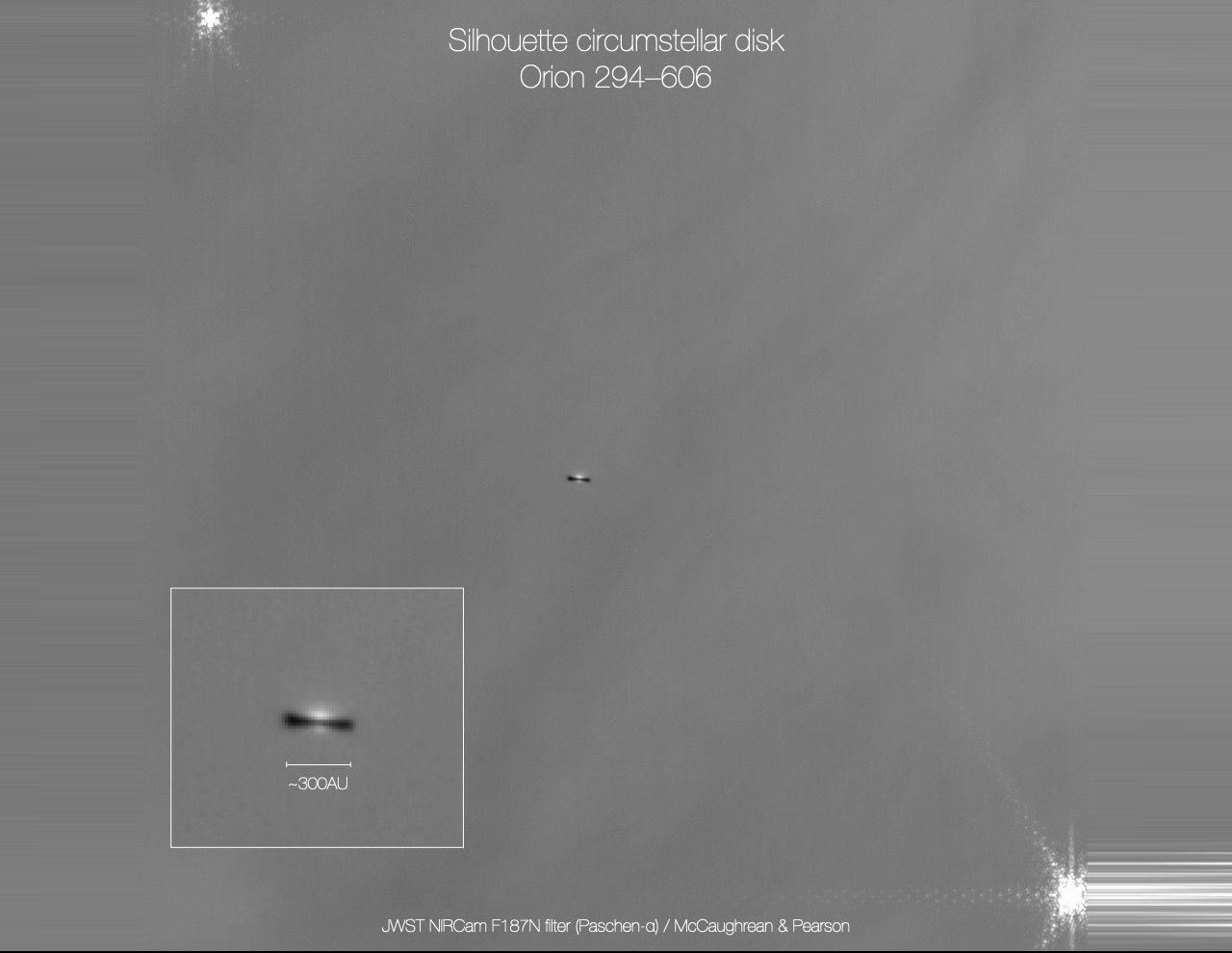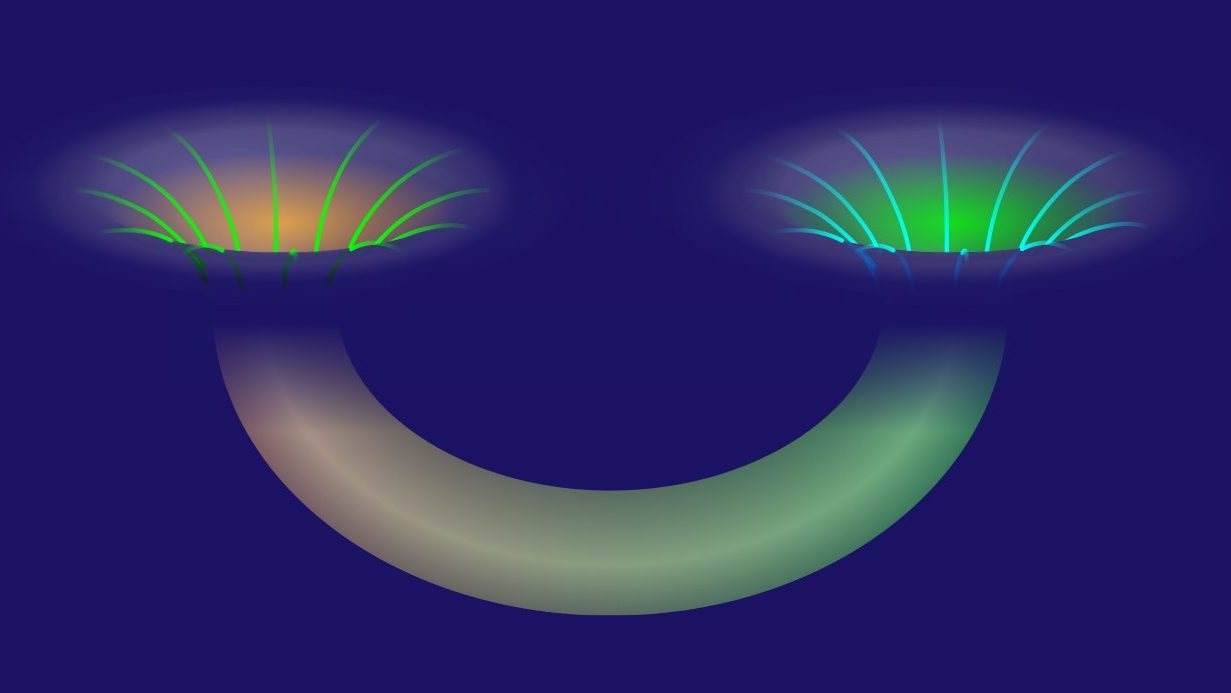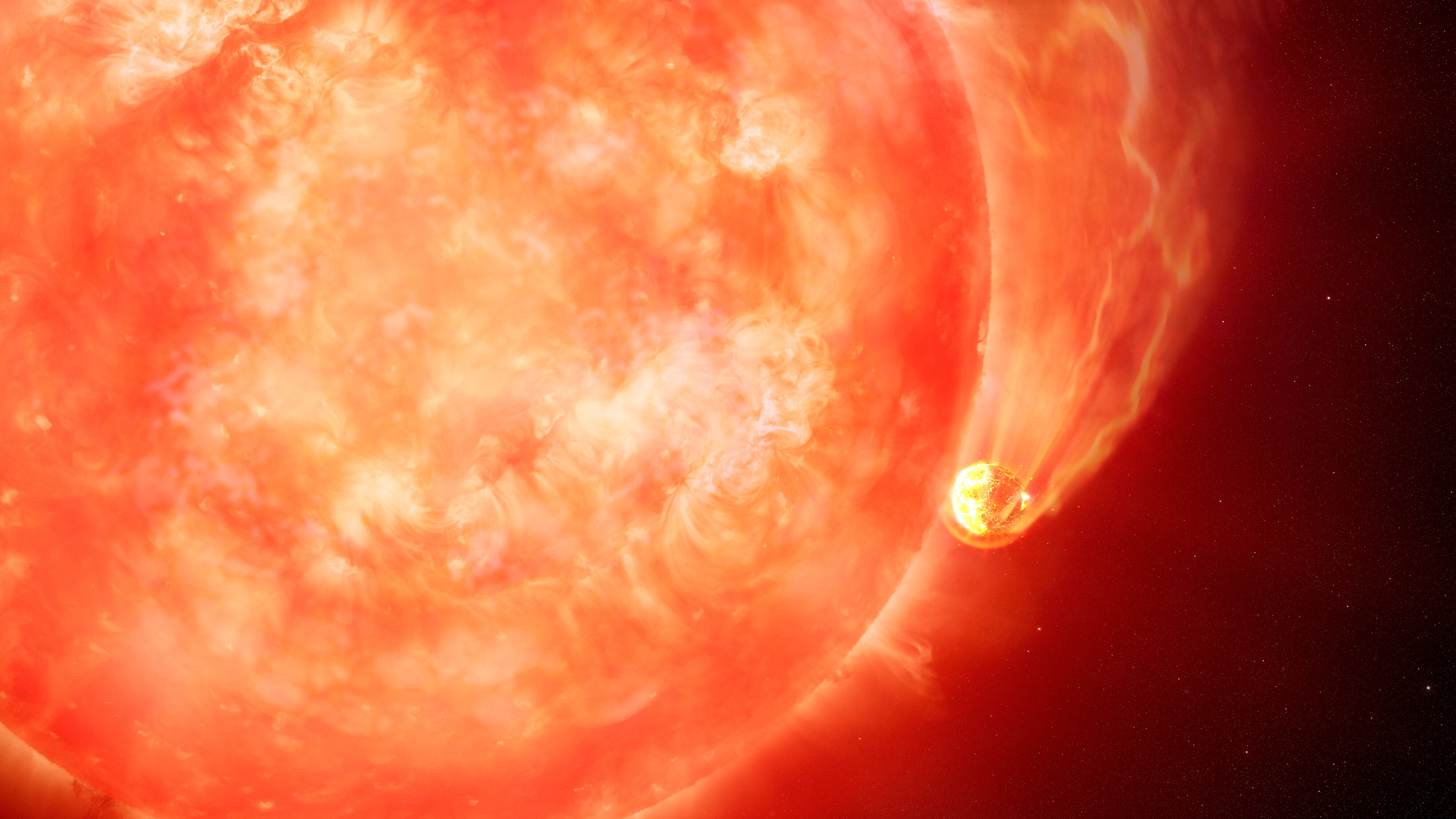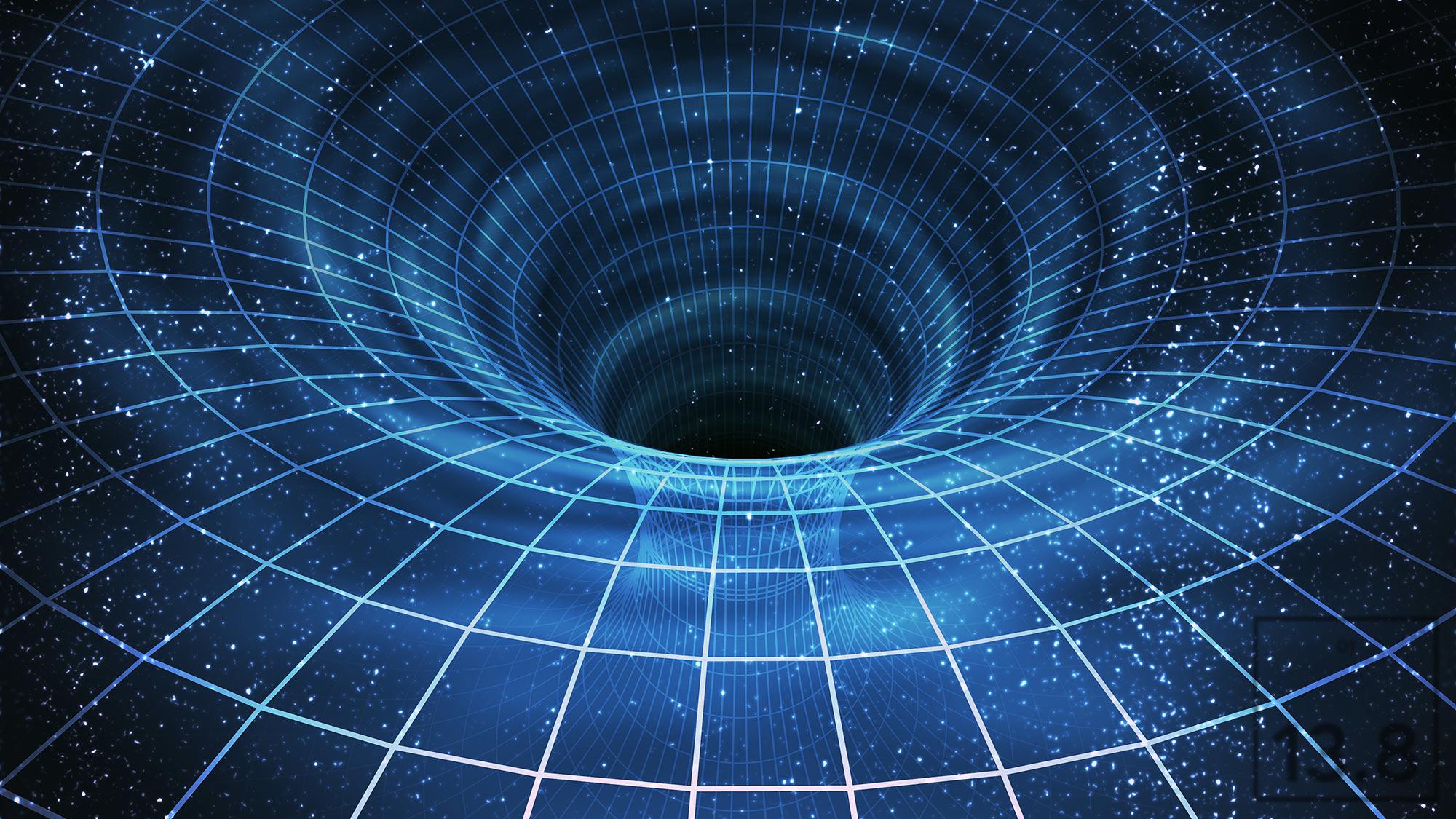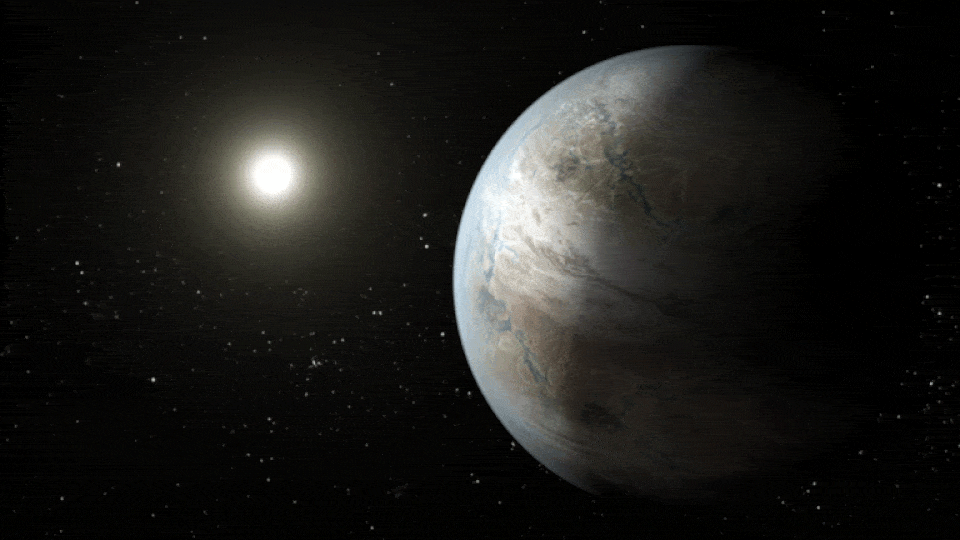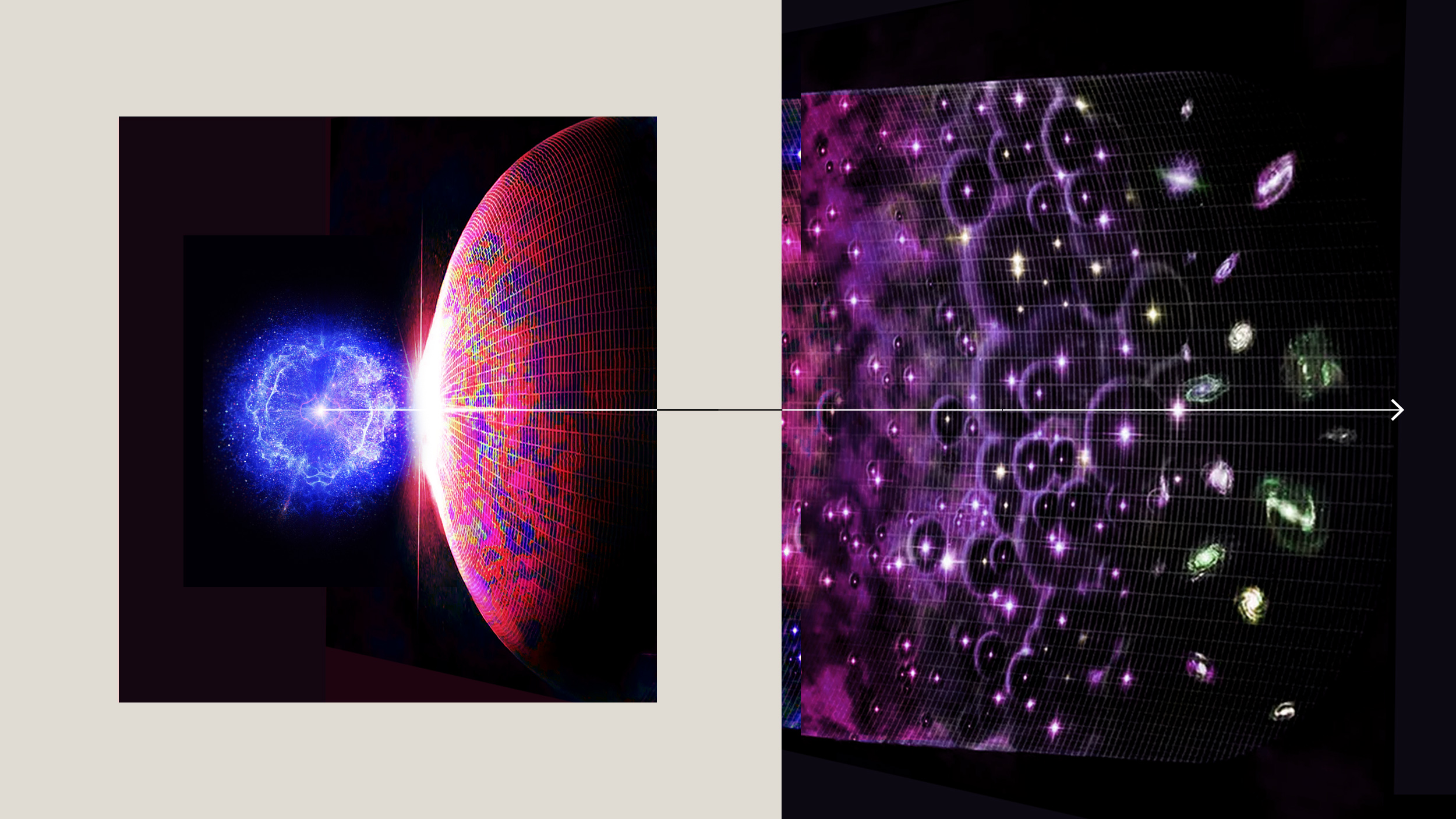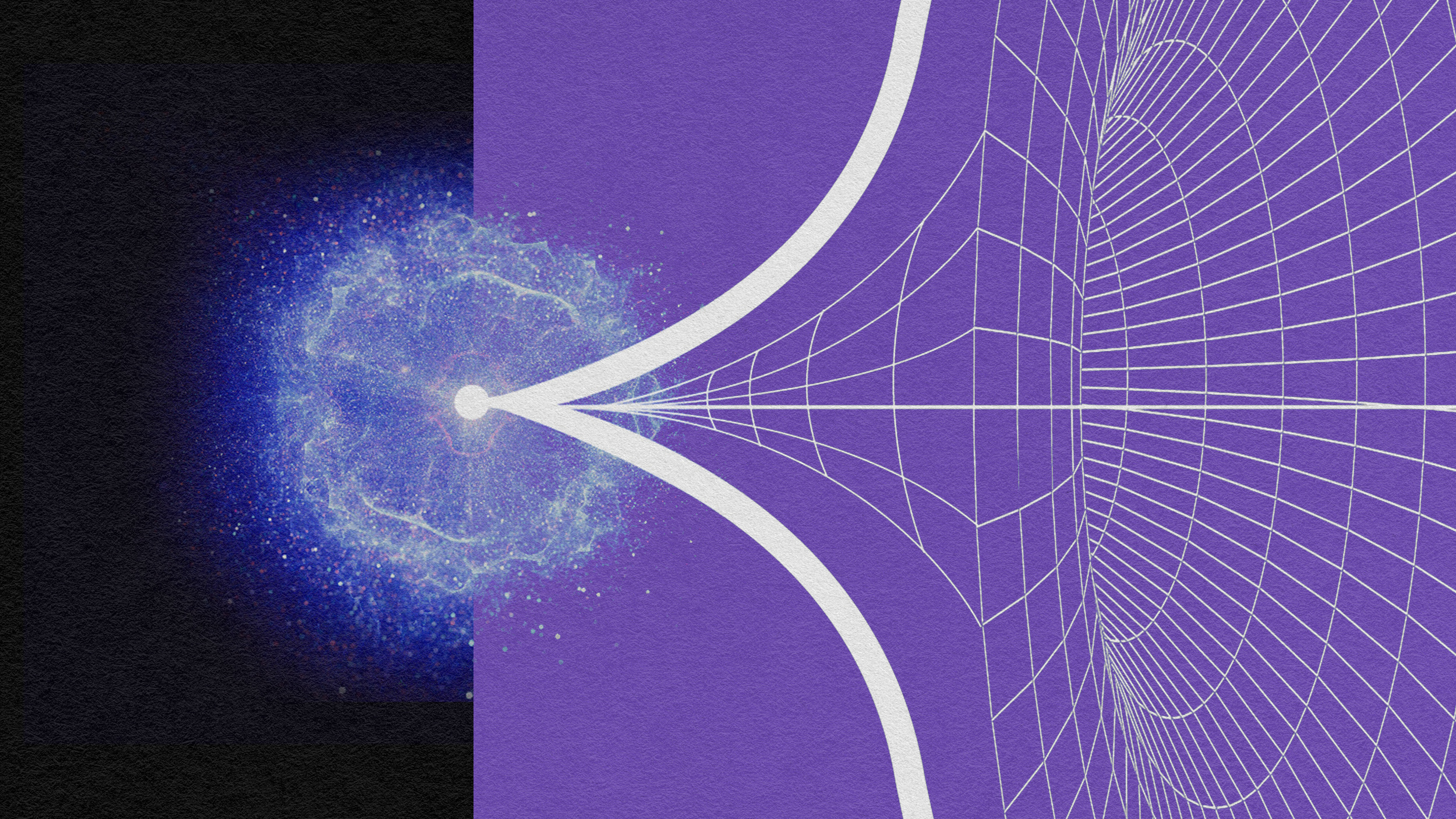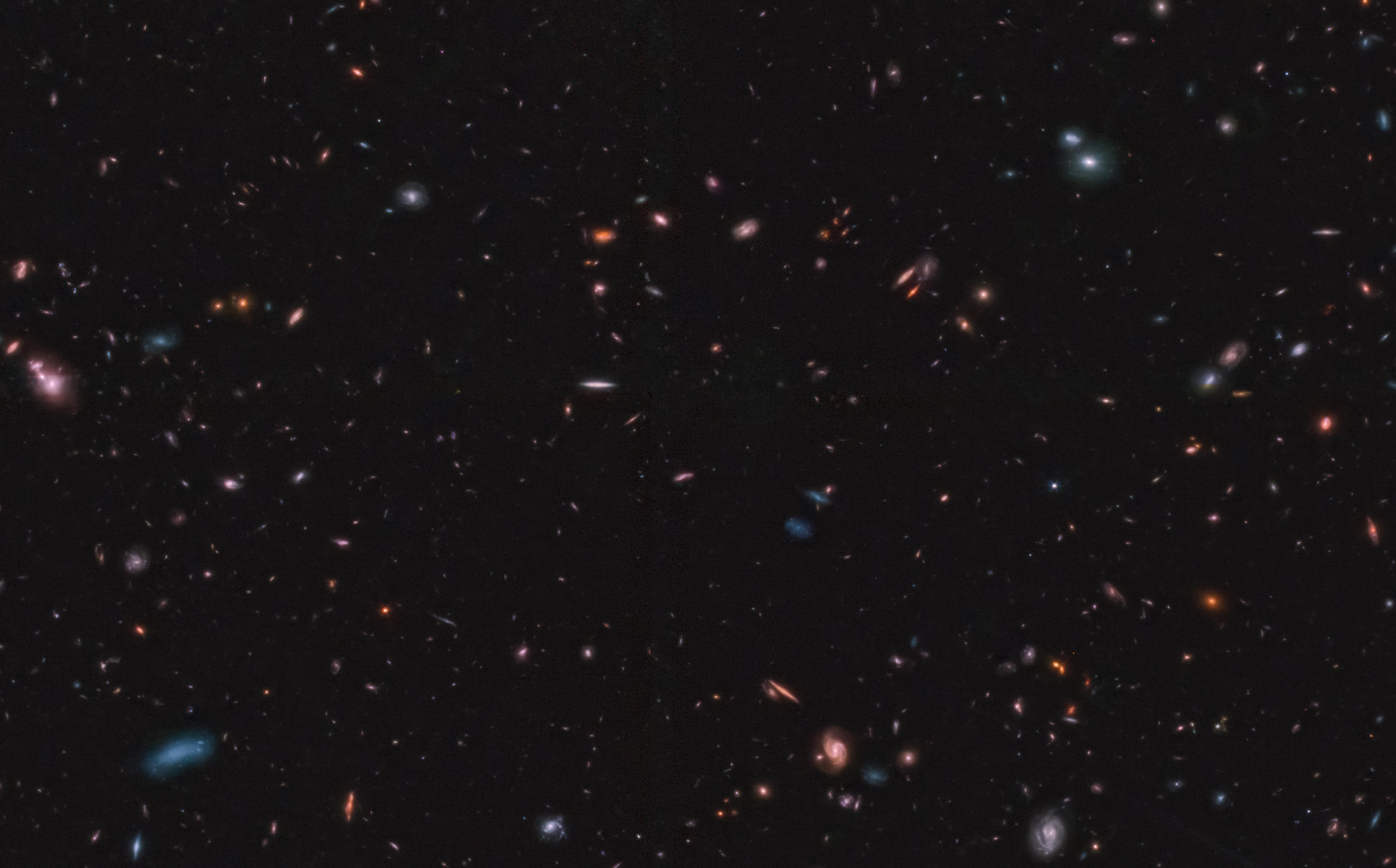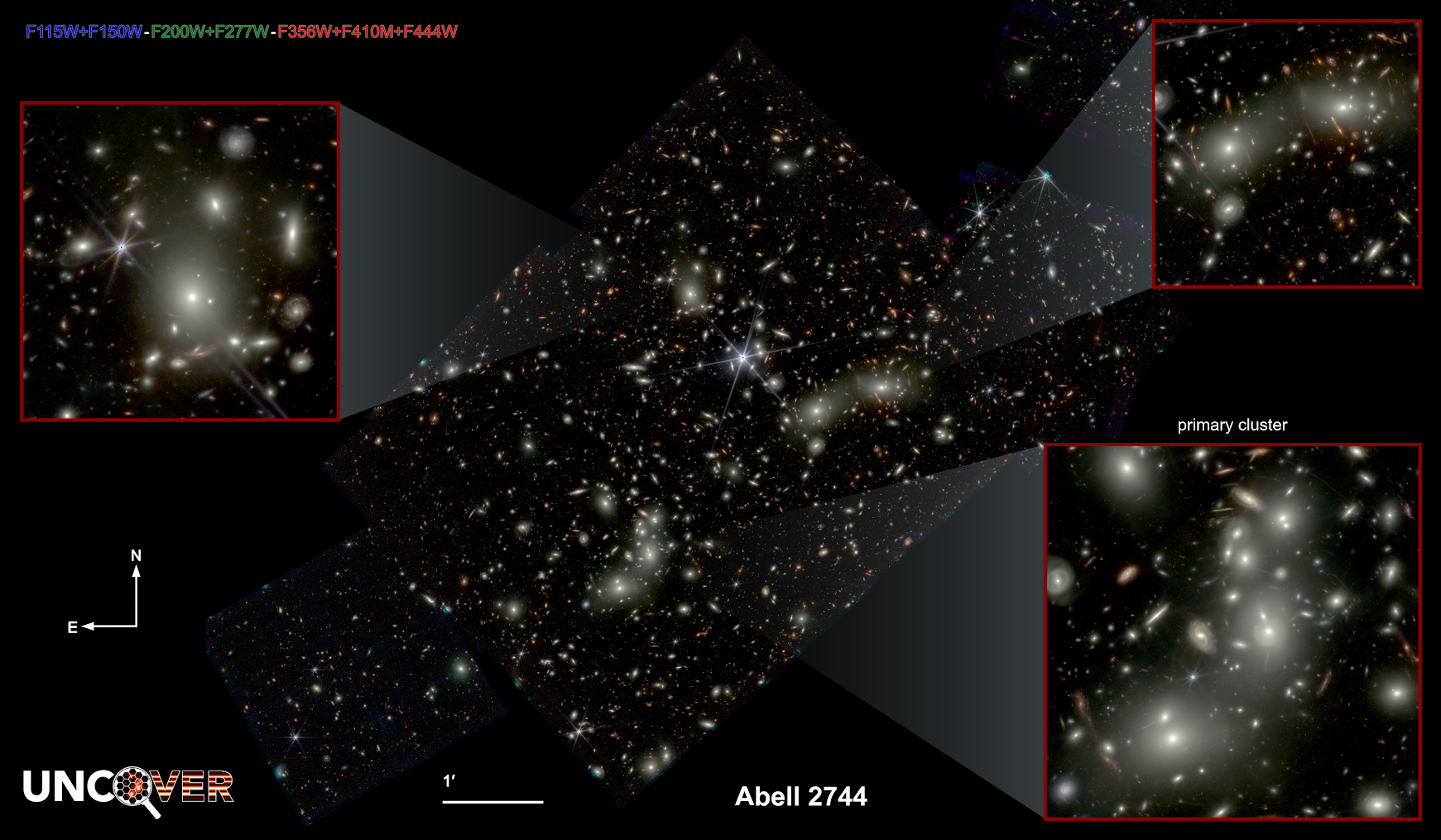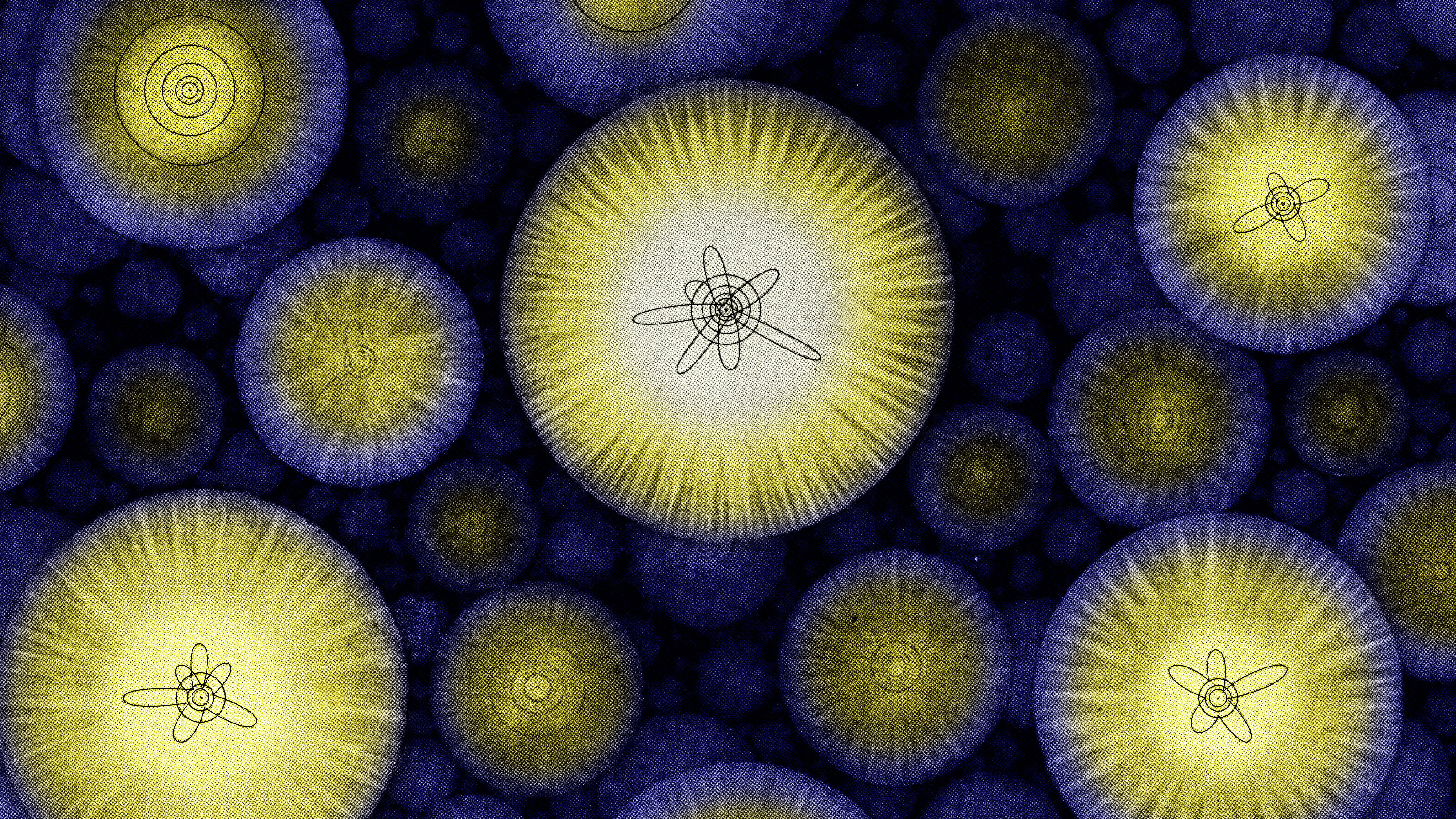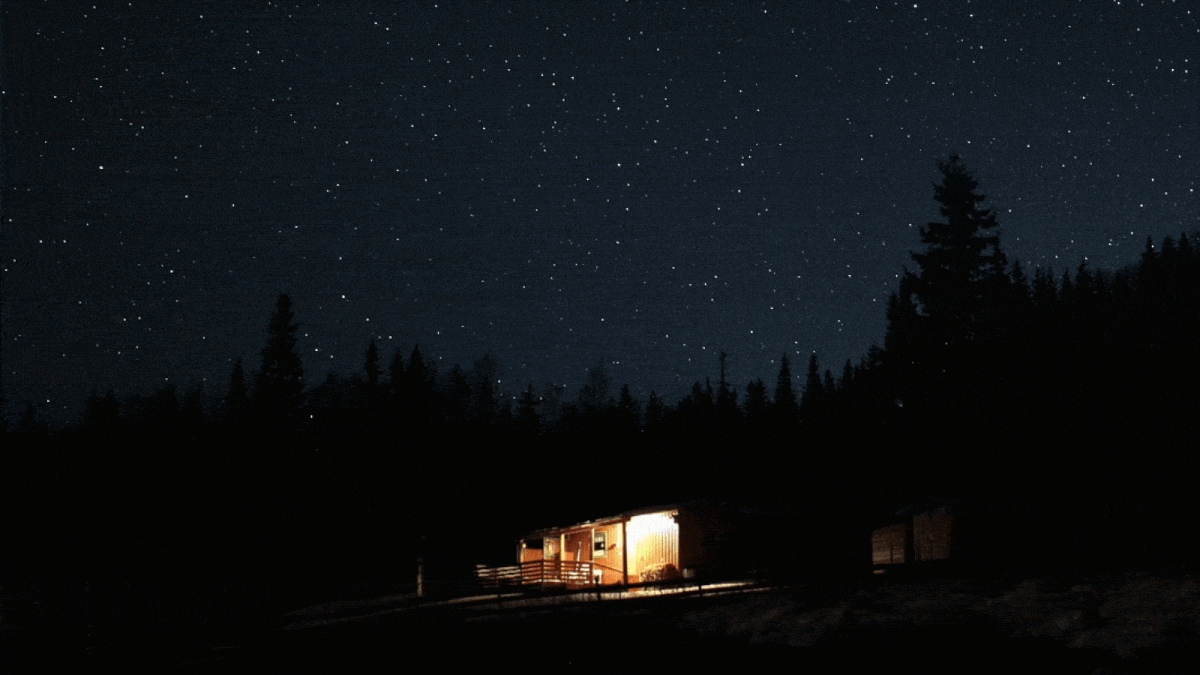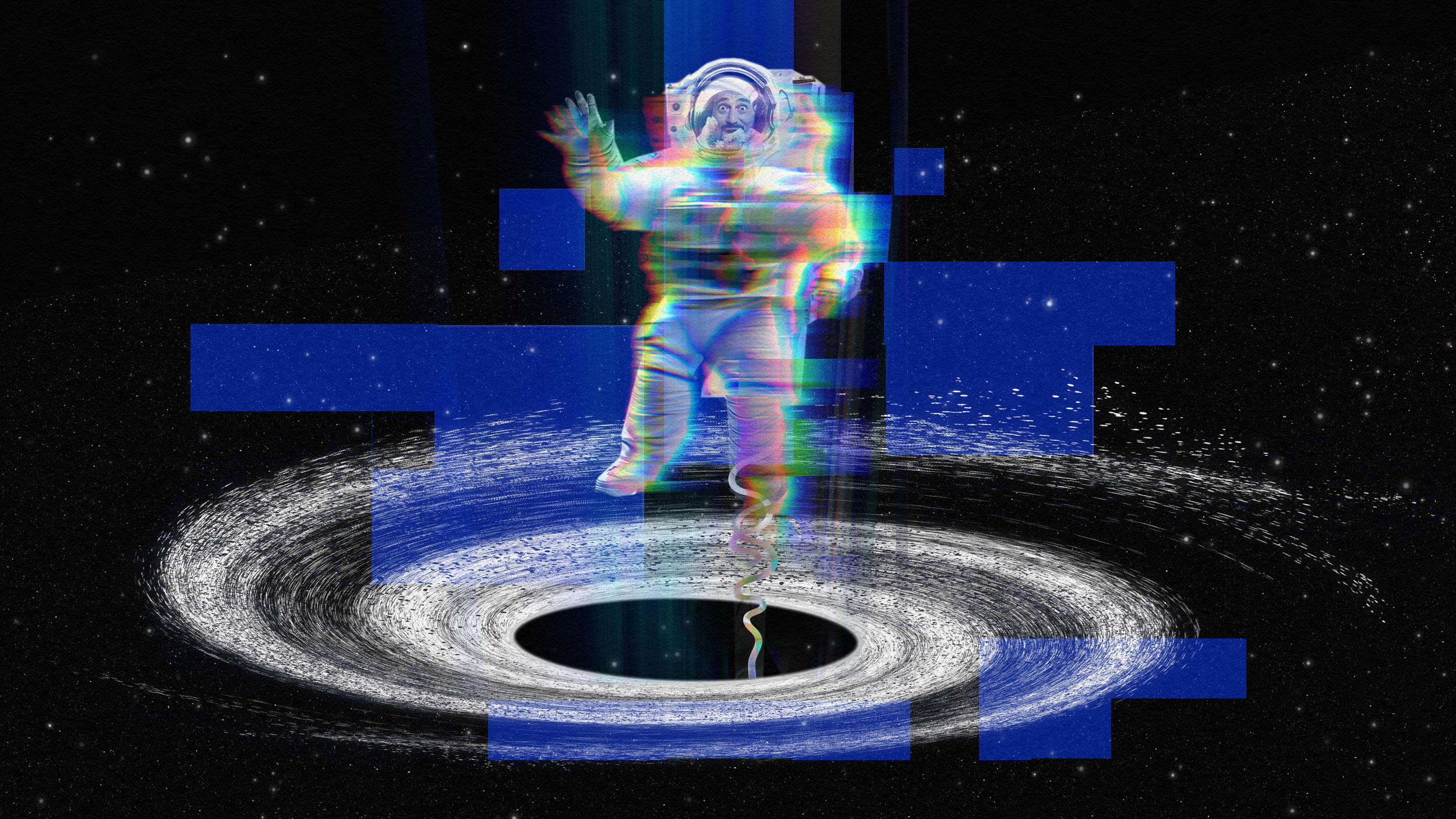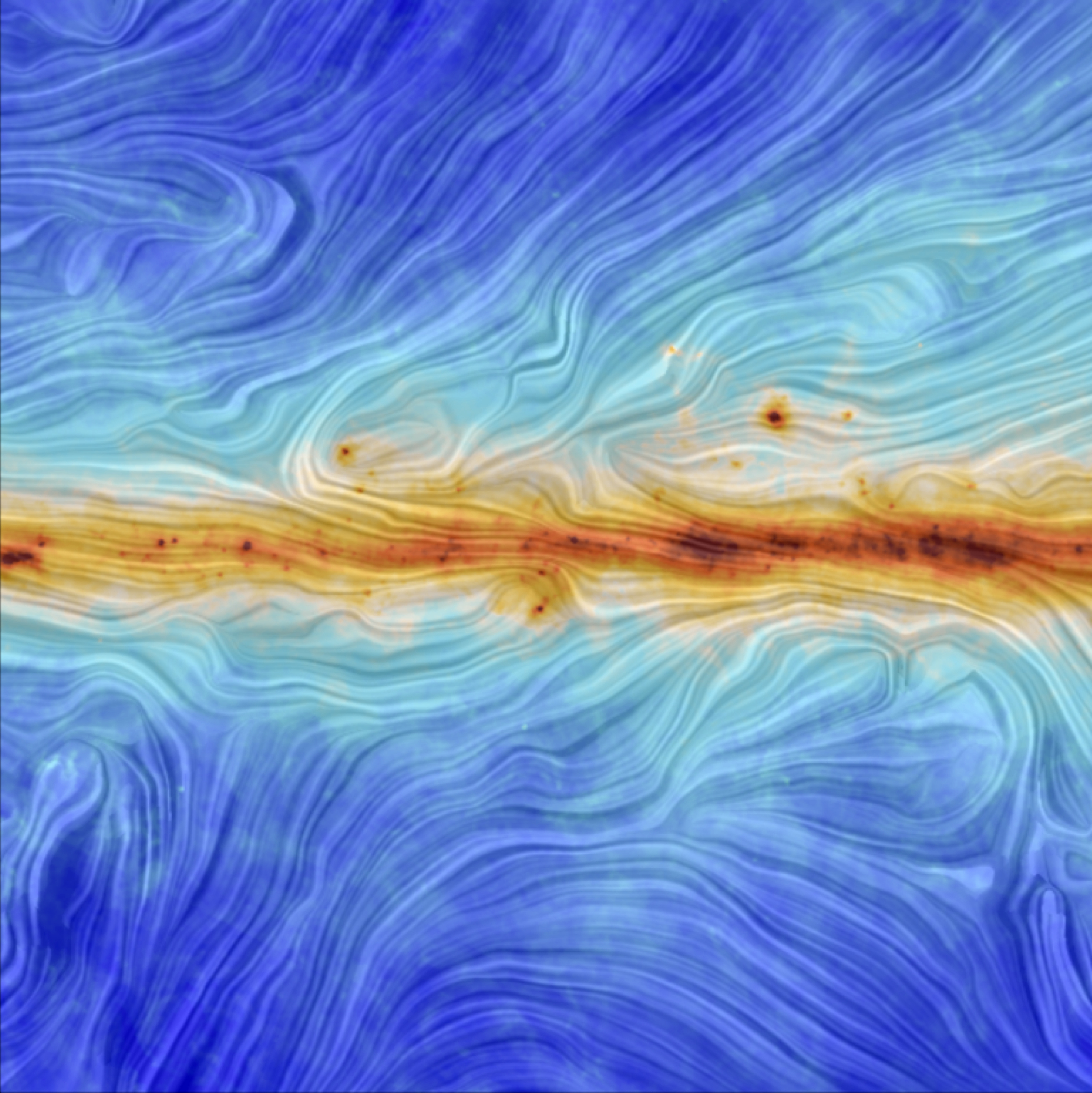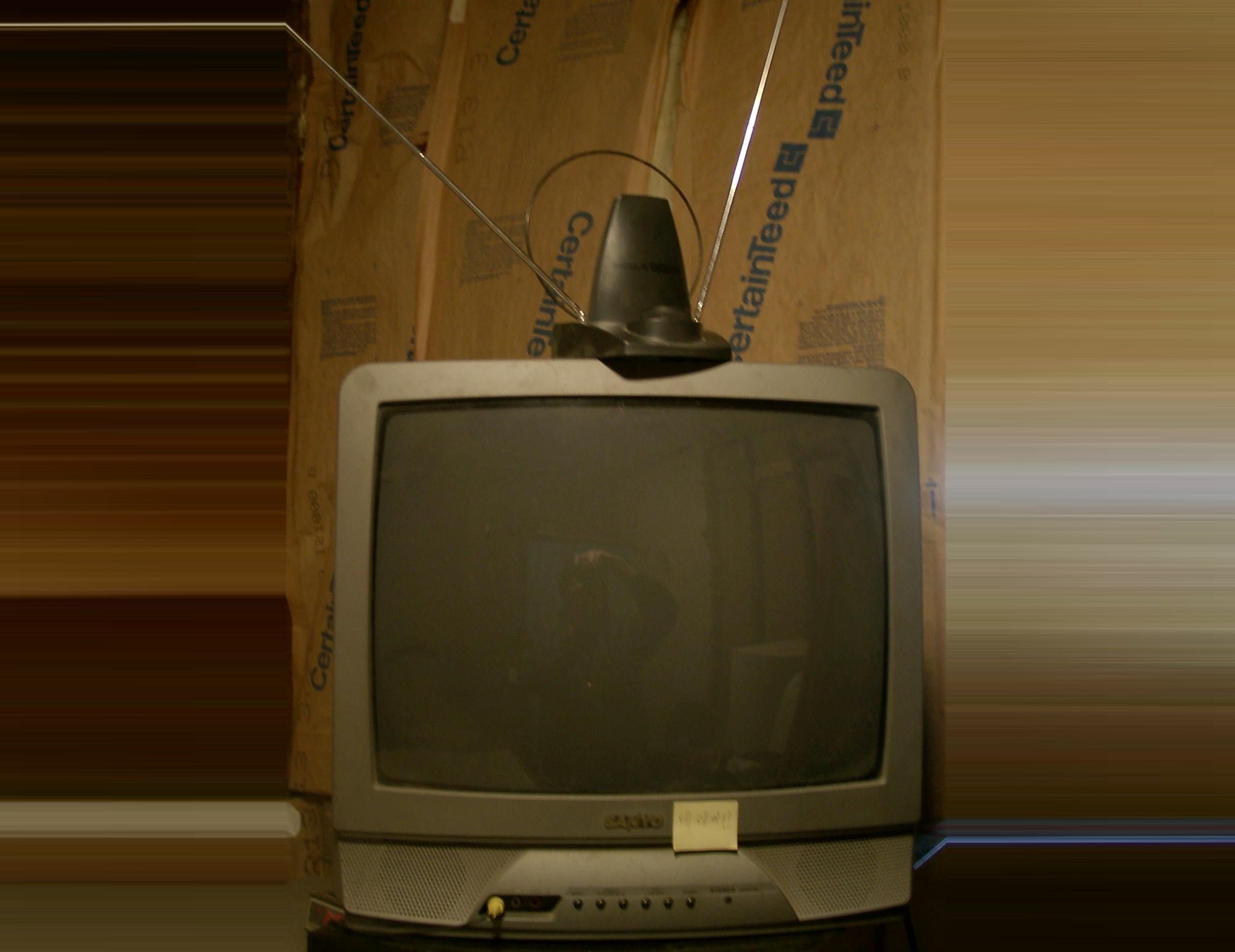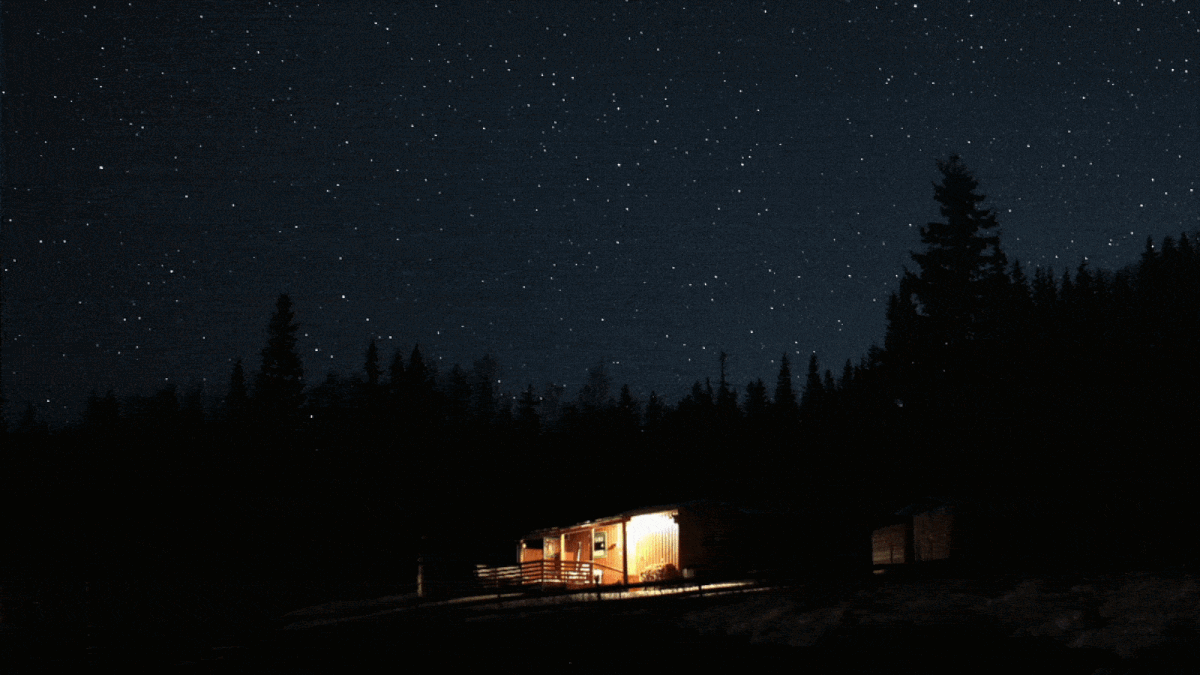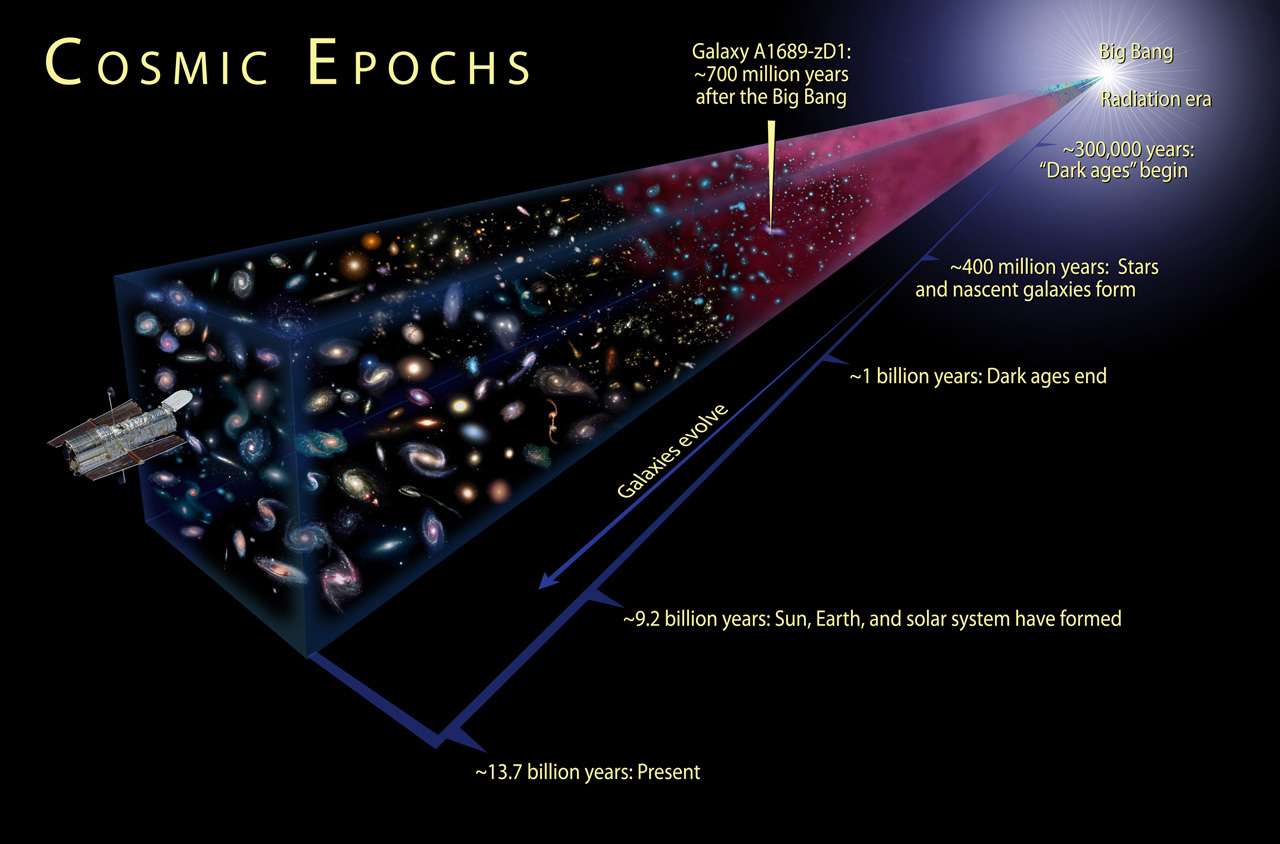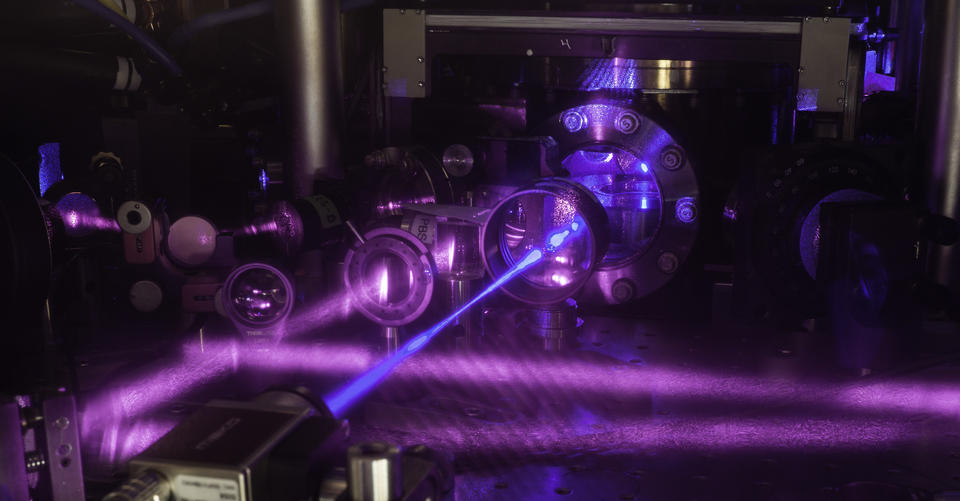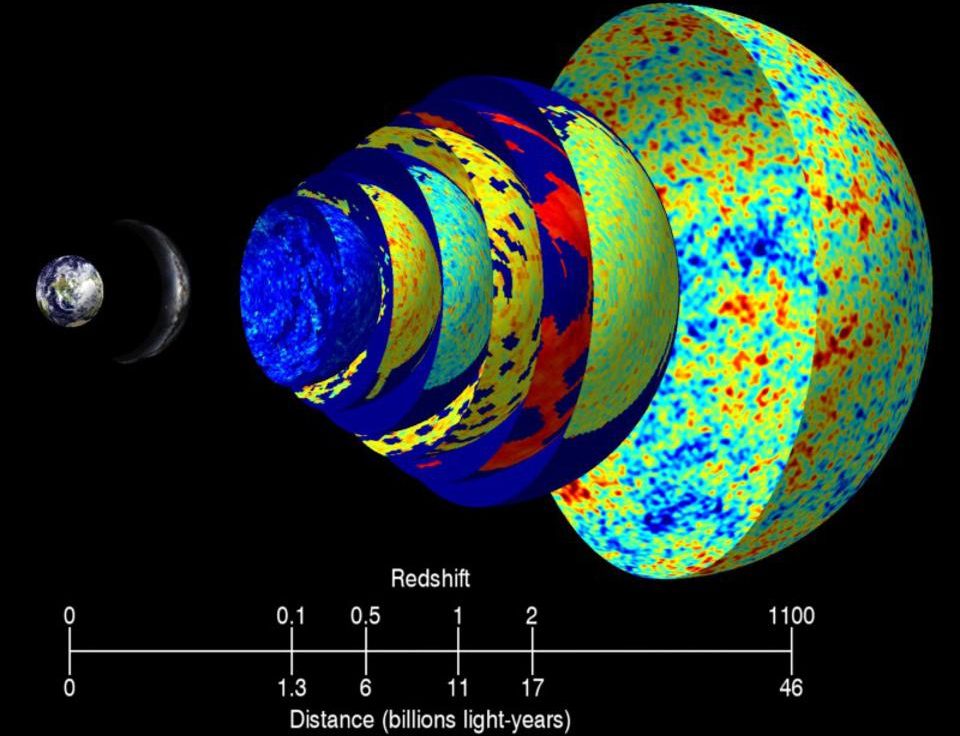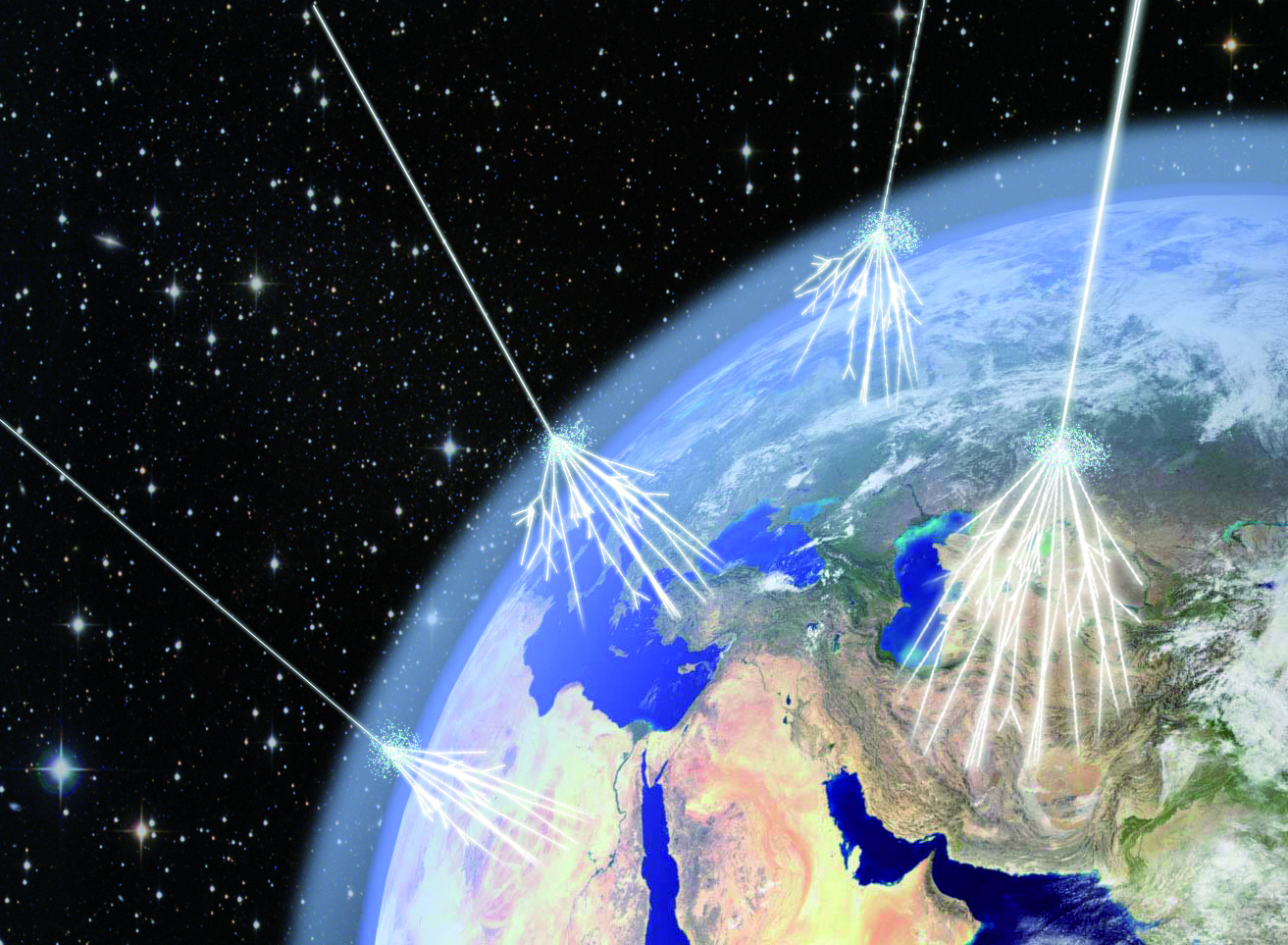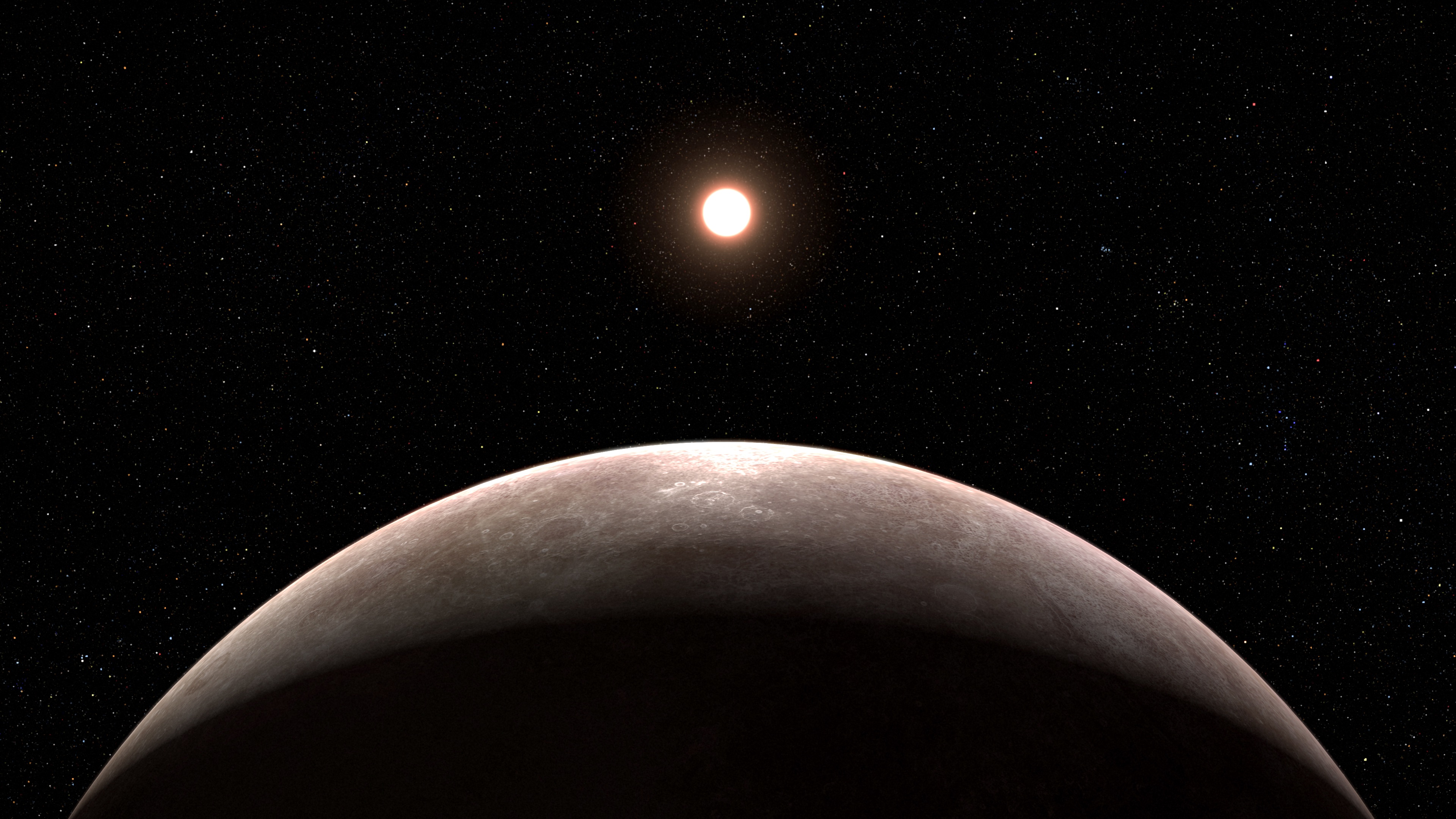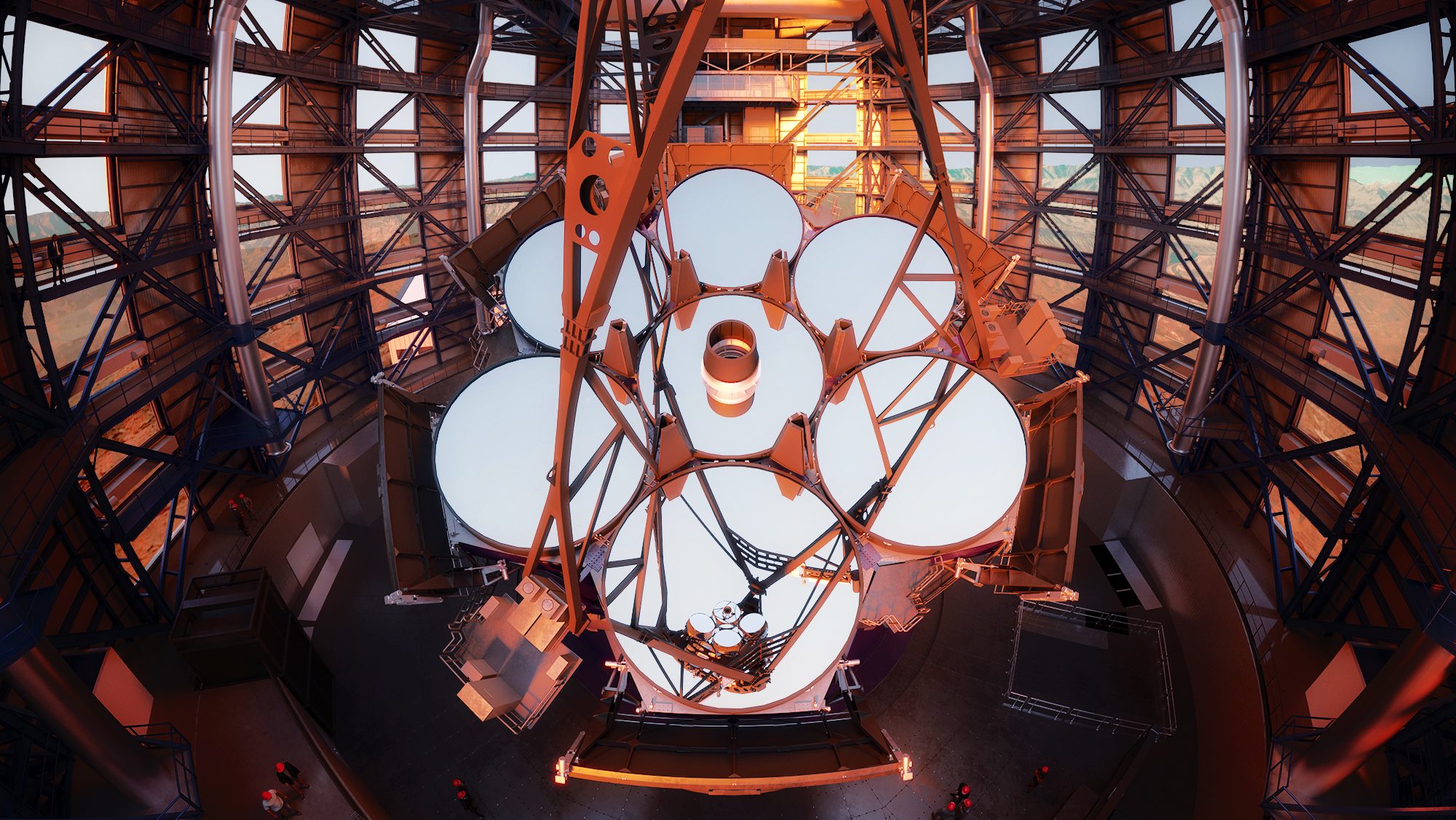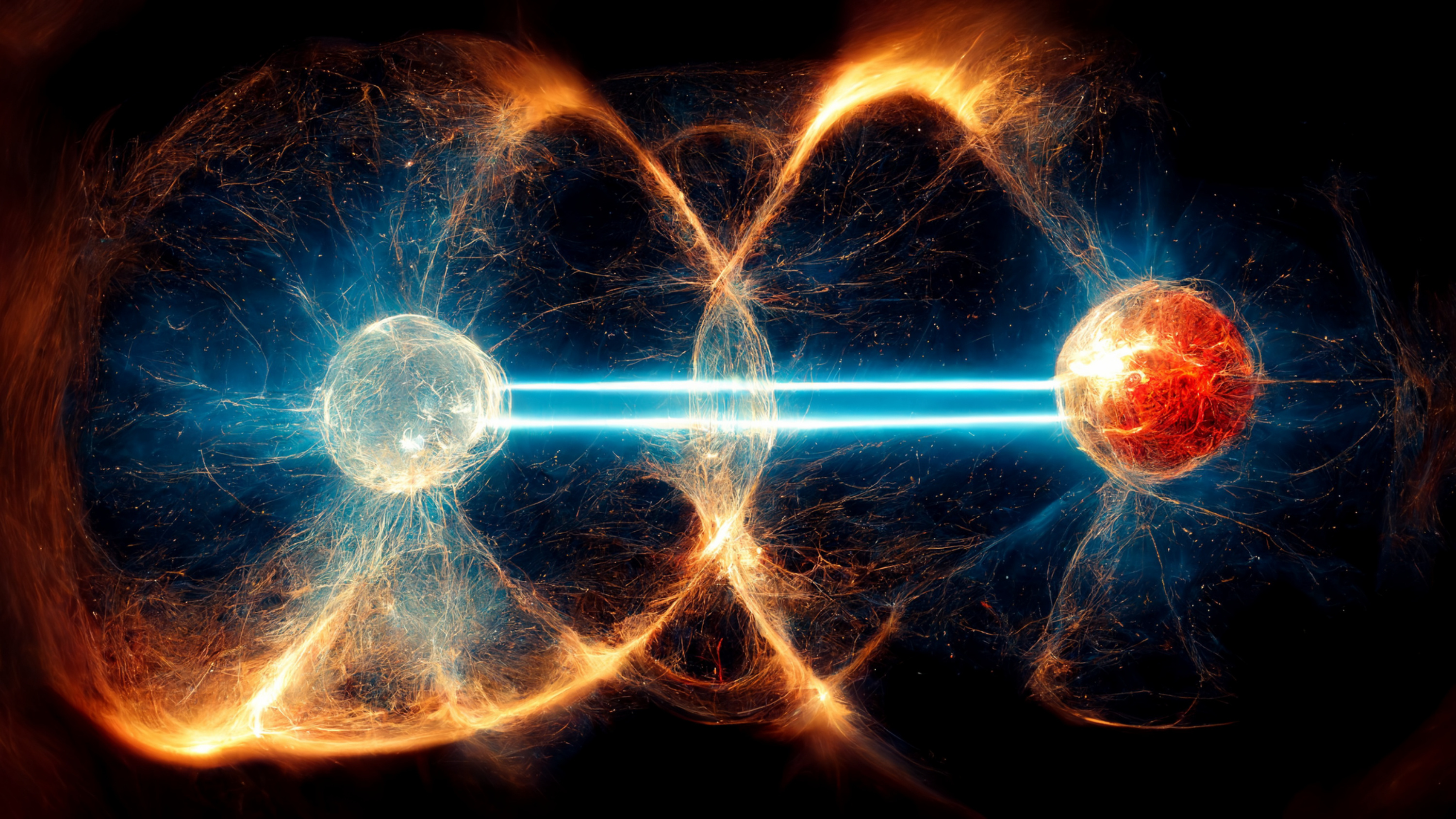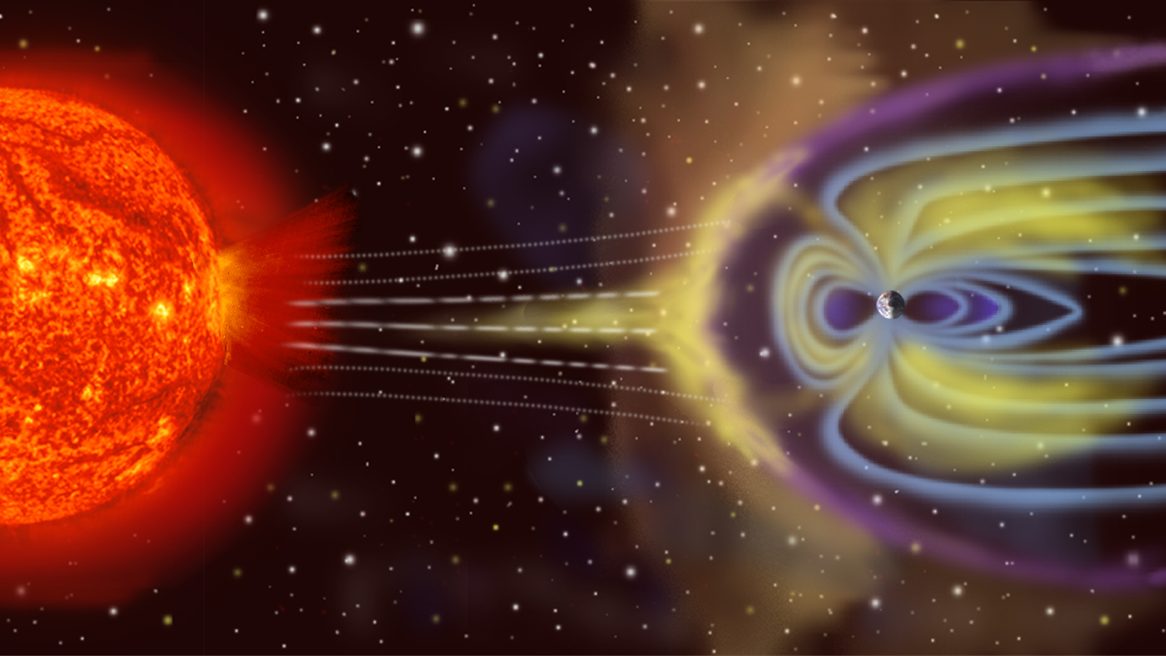With its first view of a protoplanetary disk around a newly forming star, the JWST reveals how alone individual stellar systems truly are.
Search Results
You searched for: light
We think of physical reality as what objectively exists, independent of any observer. But relativity and quantum physics say otherwise.
Many planets will eventually be devoured by their parent star. For the first time, we caught a star in the act, eating its innermost planet!
We’ll never be able to extract any information about what’s inside a black hole’s event horizon. Here’s why a singularity is inevitable.
From here on Earth, looking farther away in space means looking farther back in time. So what are distant Earth-watchers seeing right now?
When the hot Big Bang first occurred, the Universe reached a maximum temperature never recreated since. What was it like back then?
If you bring too much mass or energy together in one location, you’ll inevitably create a black hole. So why didn’t the Big Bang become one?
You could send your potential paramour a perfume bottle, a cigar cutter, travel plans — or maybe some cocaine.
The “Ring Nebula,” known for almost 250 years, is so much more than a Ring. With JWST’s capabilities, we’re seeing more than ever before.
Many galaxies really are ultra-distant, but some are just intrinsically red or dusty. Only with spectroscopy can JWST tell which is which.
In special relativity, the statement that two events happened at the same time is meaningless.
An incredible composite image of Pandora’s Cluster, Abell 2744, simultaneously showcases both our impressive knowledge and vast ignorance.
Quantum superposition challenges our notions of what is real.
Although a great many unidentified sights have been seen in the skies, none have conclusively demonstrated the presence of aliens. So far.
Want to avoid getting “spaghettified” by a black hole? Steer clear of the smaller ones.
The very dust that blocks our view of the distant, luminous objects in the Universe is responsible for our entire existence.
If you have an old TV set with the “rabbit ear” antennae, and you set it to channel 03, that snowy static can reveal the Big Bang itself.
Lots of people have seen lots of bizarre events and phenomena that defy our conventional experience. But is there a scientific explanation?
The Universe is 13.8 billion years old, going back to the hot Big Bang. But was that truly the beginning, and is that truly its age?
Amplifying the energy within a laser, over and over, won’t get you an infinite amount of energy. There’s a fundamental limit due to physics.
In the 20th century, many options abounded as to our cosmic origins. Today, only the Big Bang survives, thanks to this critical evidence.
Particles are everywhere, including particles from space that stream through the human body. Here’s how they prove Einstein’s relativity.
Before there were planets, stars, and galaxies, before even neutral atoms or stable protons, there was the Big Bang. How did we prove it?
JWST just found its first transiting exoplanet, and it’s 99% the size of Earth. But with no atmosphere seen, perhaps air is truly rare.
The truth may be out there — but it’s not in these close encounters of the third kind.
Though a single measurement is not enough to definitively decide the debate, this is a major win for dark matter proponents.
Ground-based facilities enable the greatest scientific production in all of astronomy. The NSF needs to be ambitious, and it’s now or never.
Quantum entanglement may remain spooky, but it has a very practical side.
As the Sun ages, it loses mass, causing Earth to spiral outward in its orbit. Will that cool the Earth down, or will other effects win out?
